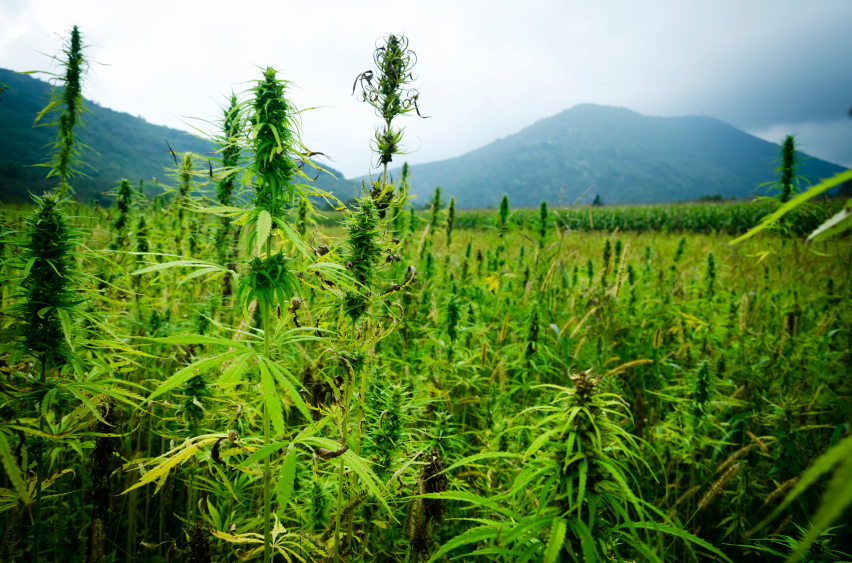 The real estate implications of the legalization of marijuana are many, and members of the industry who service markets where the drug has been decriminalized have already begun familiarizing themselves with state legislation related to housing transactions. But as marijuana goes mainstream, a related development may have equal effect on the industry: cannabis construction.
The real estate implications of the legalization of marijuana are many, and members of the industry who service markets where the drug has been decriminalized have already begun familiarizing themselves with state legislation related to housing transactions. But as marijuana goes mainstream, a related development may have equal effect on the industry: cannabis construction.
As the New York Times recently reported, cannabis construction is gaining traction in the U.S. as a sustainable alternative to traditional building methods. Hempcrete, which is formed from water, lime and the interior of the plant, is used to line walls and acts as a pure, pest-proof insulator. And extinguish any concerns about setting your home ablaze – the material is also fireproof.
Like rammed earth construction, the use of hempcrete has roots dating back thousands of years. Because the plant is cultivated and not sourced, producing the material has near-zero impact on the environment.
The complexities start come transaction. Real estate professionals and their buyers or sellers may face difficulty securing appraisals or home inspections because so little data are available to accurately assess a hempcrete property. According to the Appraisal Institute, valuation professionals can employ LEED standards when evaluating green construction, but even that may be akin to comparing “apples and oranges.”
To learn more about marijuana and the real estate industry, click here.








I can’t believe that hemp has so much potential in this industry. If only we could get most of the world to legalize the production, use, and distribution of it. I just feel like we’re missing out on so much because cannabis and other products related to it is still illegal in most places.